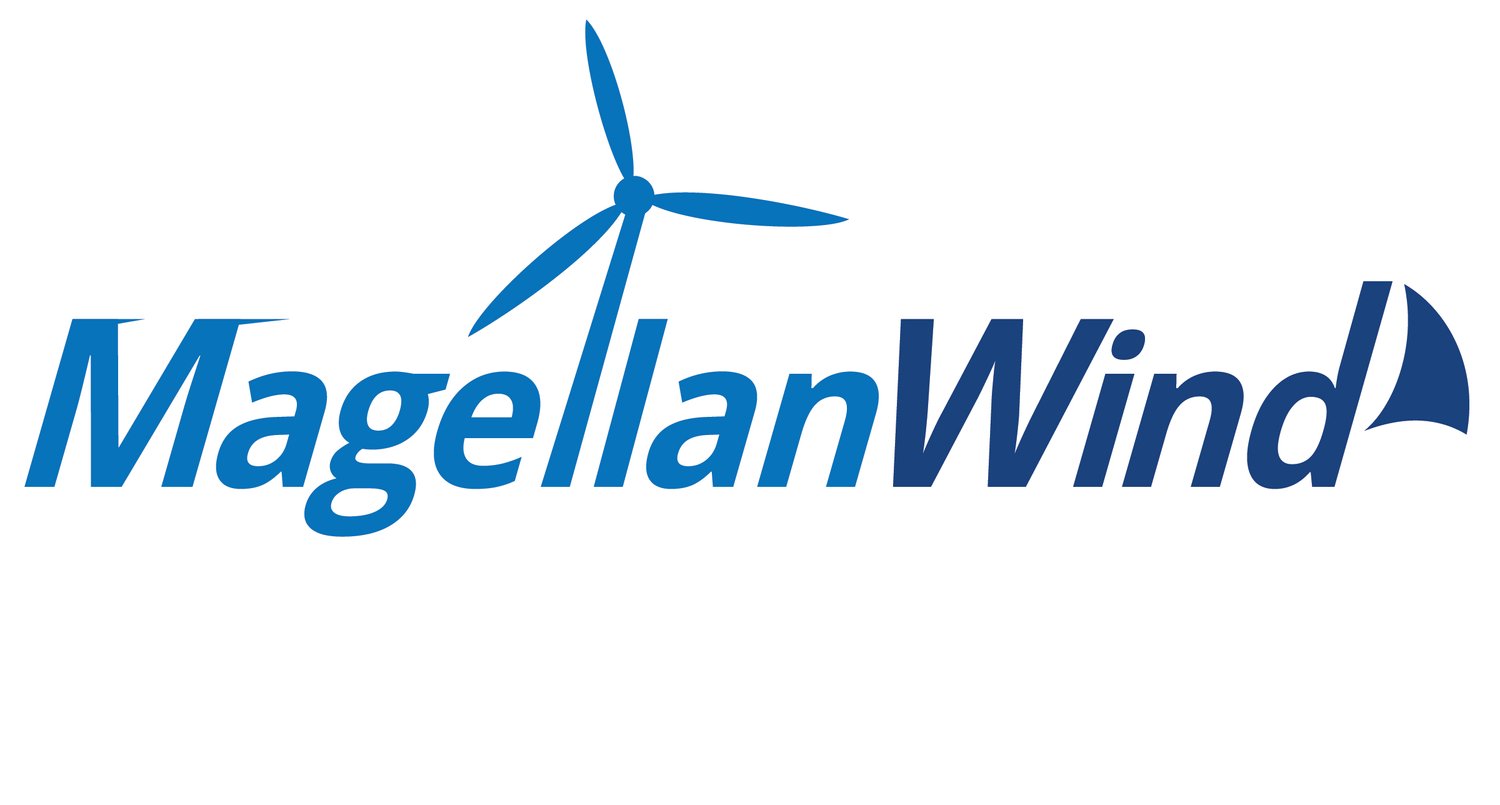Why Floating Wind?
Offshore wind power has become a critical component of global efforts to decarbonize electricity. Power generated by turbines mounted on floating substructures in deep water can play a vital role by
enabling cost-effective access to abundant, high-quality wind resources in areas where the water is too deep for conventional, bottom-fixed foundations
allowing wind farms to be sited farther from shore in locations where effects on shoreline views and wildlife are reduced
supplying renewable power during evening hours and winter months when solar power is available only from storage facilities
creating economic opportunities for local communities that host assembly, installation, and operation and maintenance activities
Floating Foundations
Floating foundation designs have proliferated with growing investment in offshore wind development. Magellan currently expects to use floating foundations engineered by Stiesdal Offshore, a division of Denmark-based Stiesdal A/S. Stiesdal’s Tetra family of designs can be adapted to specific project requirements by incorporating desired features of the spar, semisubmersible, and tension leg platform design classes.
Technology
Credit: NREL
© Stiesdal A/S 2019, All Rights Reserved
Stiesdal Offshore has pioneered the use of high-quality, low-cost, modular components designed for serial production and rapid, quayside assembly. This approach lowers foundation costs and shortens construction timelines. Stiesdal Offshore foundations are assembled at deployment ports using land-based cranes. Stiesdal Offshore’s factory-made components are connected using pins or grout with little or no quayside welding. Conventional tugboats tow each completed foundation, tower, and nacelle to the installation site, eliminating the need to charter expensive, custom-built, heavy-lift installation vessels.
Credit: Stiesdal A/S
Credit: Stiesdal A/S
Credit: Stiesdal A/S






